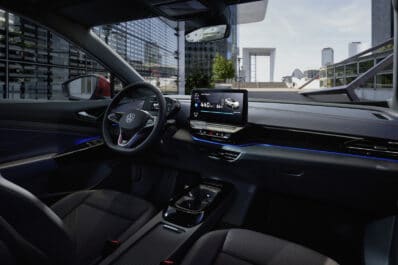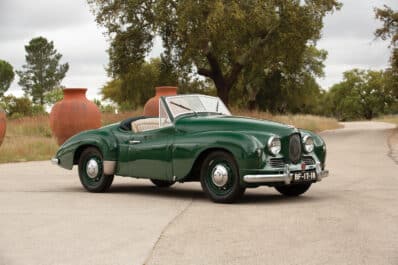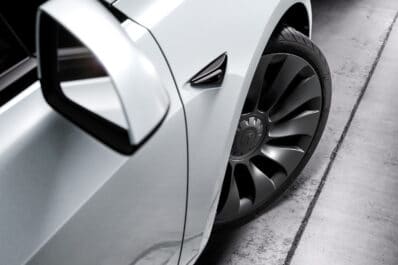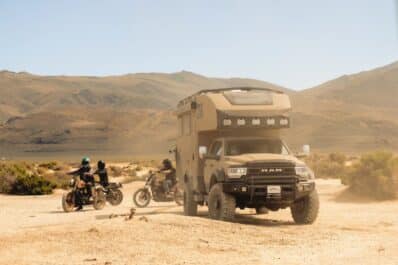Responding to widespread speculation Ford CEO Jim Farley said Wednesday the automaker has no intention of splitting up its conventional and battery-electric vehicle manufacturing operations.
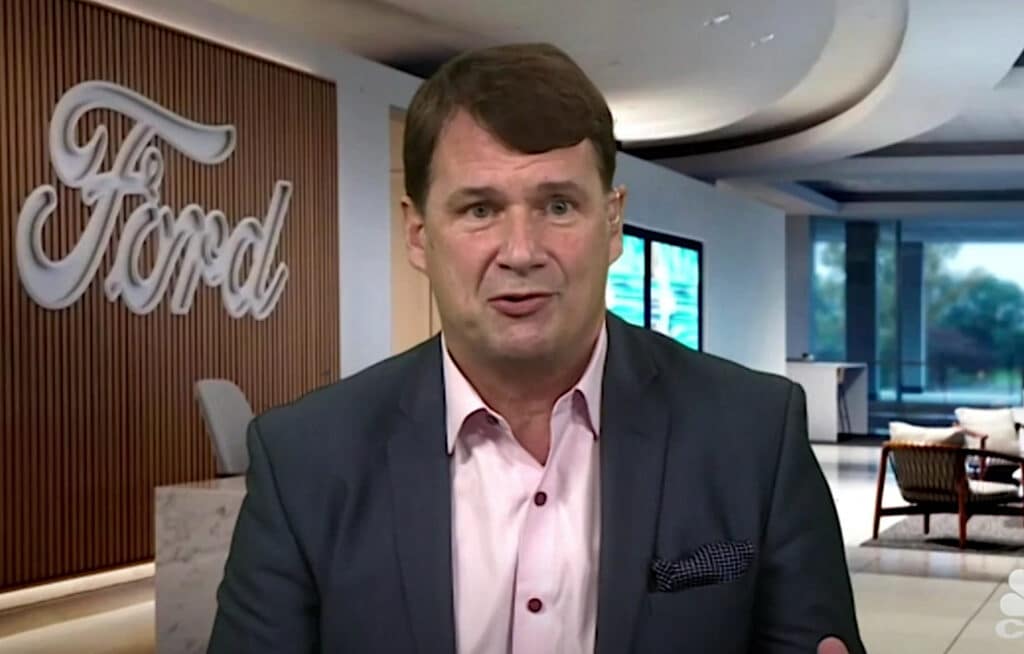
“Despite press speculation, we have no interest in spinning off our EV business or our ICE (internal combustion engine) business,” said Farley.
The Ford chief executive was one of the keynote speakers during a virtual conference sponsored by Wolfe Research. During a separate “fireside chat,” General Motors CEO Mary Barra took a very different position when asked if the largest of the Detroit automakers was planning to spin off its autonomous vehicle subsidiary Cruise.
“Not now,” Barra responded to a question by moderator Rod Lache. Then she quickly added, “not a ‘not ever.’ It’s a not now.” With Cruise only beginning to build a business centered around a national ride-sharing service using driverless vehicles, Barra explained, “We’re just in turn one of the race.” Cruise needs to focus on “value creation” before a final decision on a split can be made.
Divergent paths
The two executives each spoke for close to an hour and, in many ways, echoed strategies going forward — though there were some key differences.
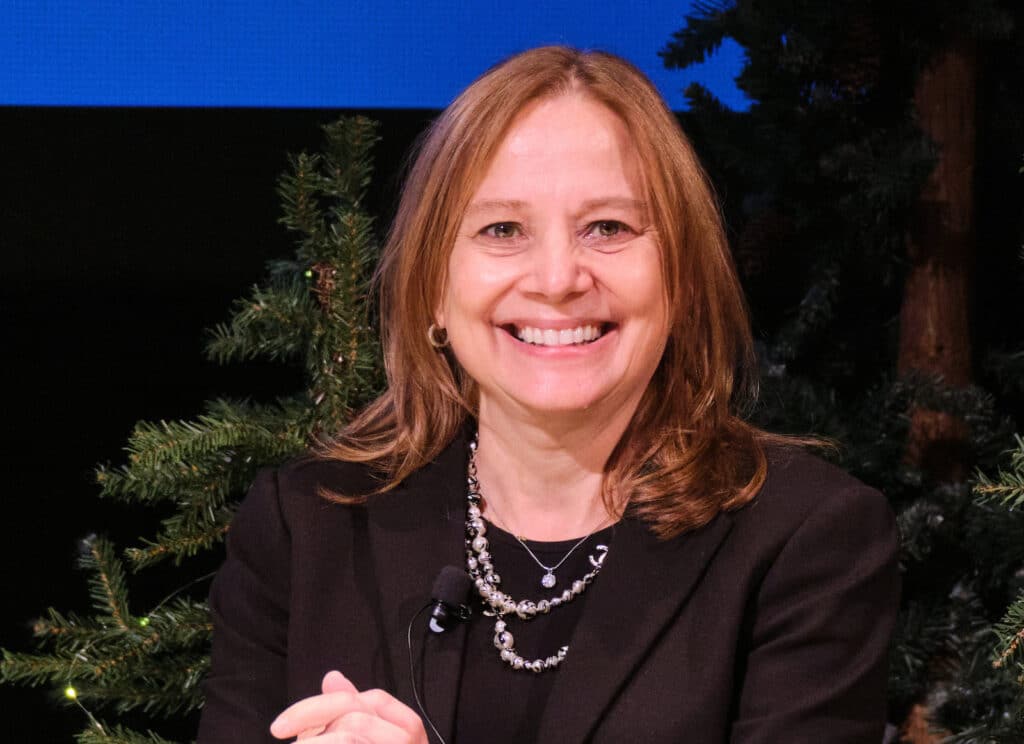
General Motors, Barra underscored, remains on a path to go entirely electric by 2035. Ford, Farley made clear, plans to continue indefinitely producing vehicles with internal combustion engines, even as it ramps up its line-up of battery-electric vehicles.
The two types of vehicles attract very different buyers, said the Ford chief executive, reinforcing sentiments he’s previously proffered. And that will require his company to operate each unit in very different ways. Among other things, added Farley, BEV customers are more digitally focused when it comes to buying and servicing their vehicles.
Boosting sales, earnings and market share
Both Barra and Farley downplayed the fact battery cars currently cost more to produce than conventional products. That gap should close as new technologies come into play, including advanced batteries and dedicated BEV platforms. Increased demand also will make for improved economies of scale.
If anything, they both suggested their companies’ sales, margins and market shares will increase as they roll out more battery-electric vehicles.
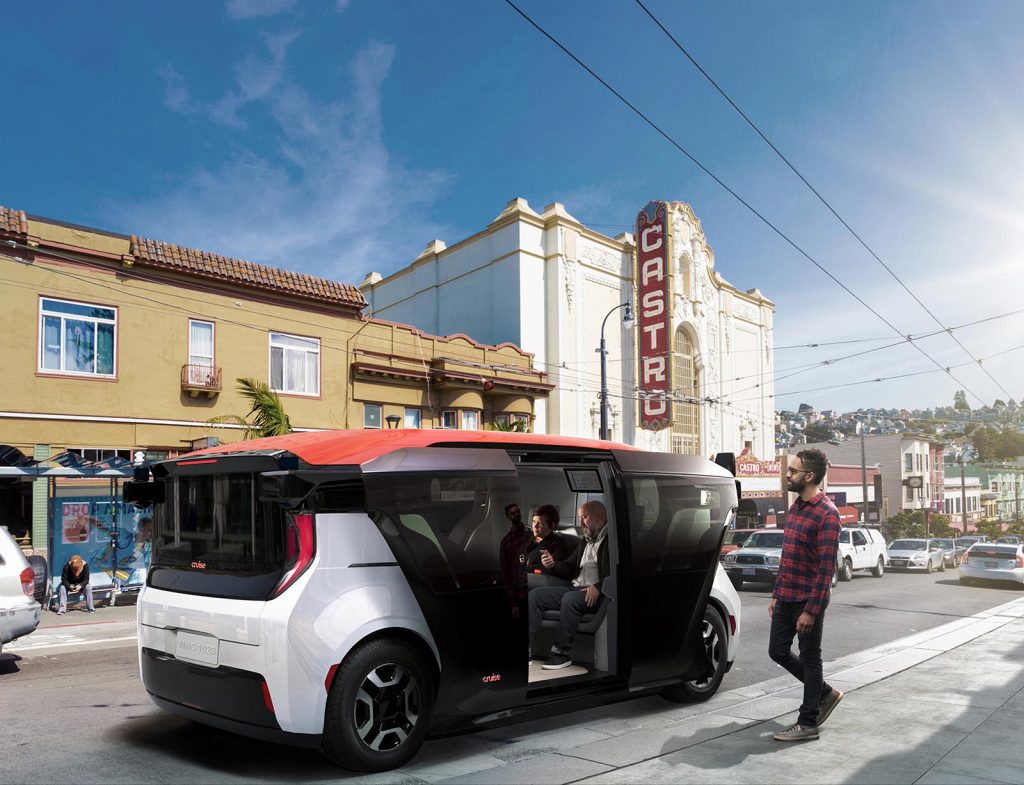
“I think it will start to show in 2025,” said Barra, a point at which GM expects to have at least 30 all-electric models on the market. It will be critical to cover a wide range of product segments because “customers want what they want.”
Challenges ahead
Both executives acknowledged that they will have to work hard to overcome the challenges posed by new competitors like Tesla, Rivian and Nio. But they also bring key advantages to the market, notably a long history of manufacturing vehicles.
That has been a challenge for Tesla which repeatedly has been faulted for its quality and reliability issues — and which was the reason why influential Consumer Reports last week named the Ford Mustang Mach-E as its “Top Pick” for an electric vehicle, toppling former king-of-the-hill Tesla Model 3.
Where Barra said she is comfortable with the improvements GM is making in terms of efficiency and productivity, Farley cautioned that this is a work in progress at Ford, suggesting “We have too much complexity … too much waste.”
Hiring sprees
The two executives said their companies each are aggressively hiring new talent and have upped pay and revised workplace operations to help attract the sort of talent that in recent years might have gone to Silicon Valley.
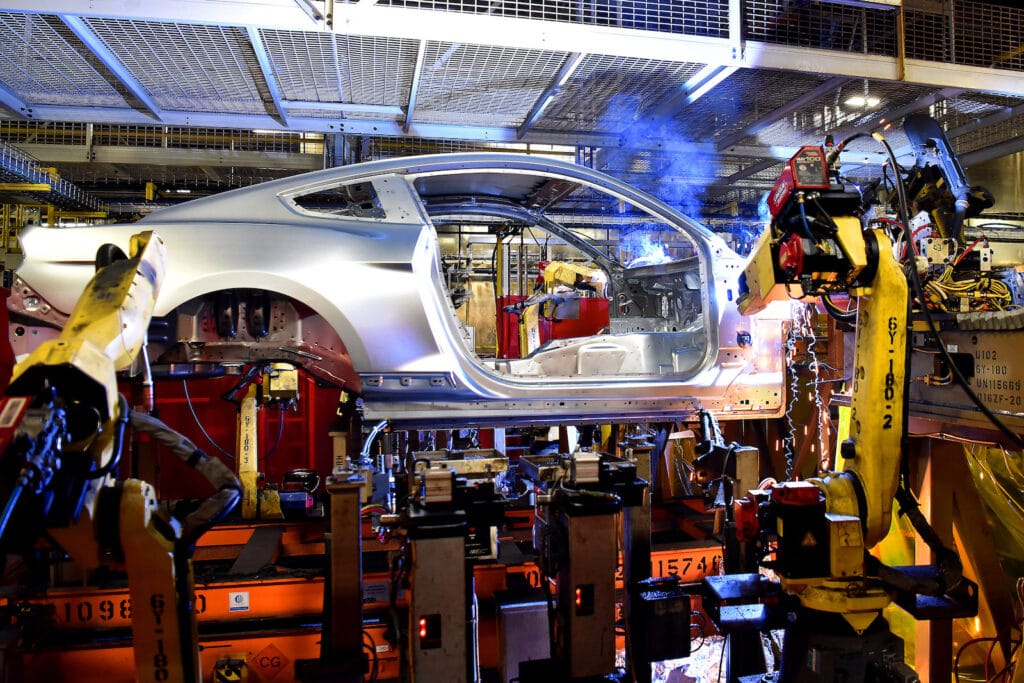
“They want to work for a company that’s going to change the world,” said Barra, pointing to GM’s focus on autonomous and electric vehicles.
Farley has noted Ford’s recruitment efforts have also been more successful since it began pushing into EVs and other advanced technologies.
Software and services
While battery cars dominated the two sessions, both Barra and Farley also spent time talking about the growing demand for software and services. That includes features like the hands-free GM Super Cruise system and the similar Ford BlueCruise technology set to debut later this year.
GM research suggests buyers are ready to spend an average of about $135 a month, including $85 for subscription and other services, the rest for the necessary hardware. The automaker is targeting revenues of as much as $25 billion annually by the end of the decade.
The commercial EV market is another area where the two carmakers see similar growth opportunities. GM is just getting ready to launch its new BrightDrop subsidiary’s first electric van. Ford is rolling out an all-electric version of its transit and sees that as a first step towards dominating the commercial segment.
Near-term changes
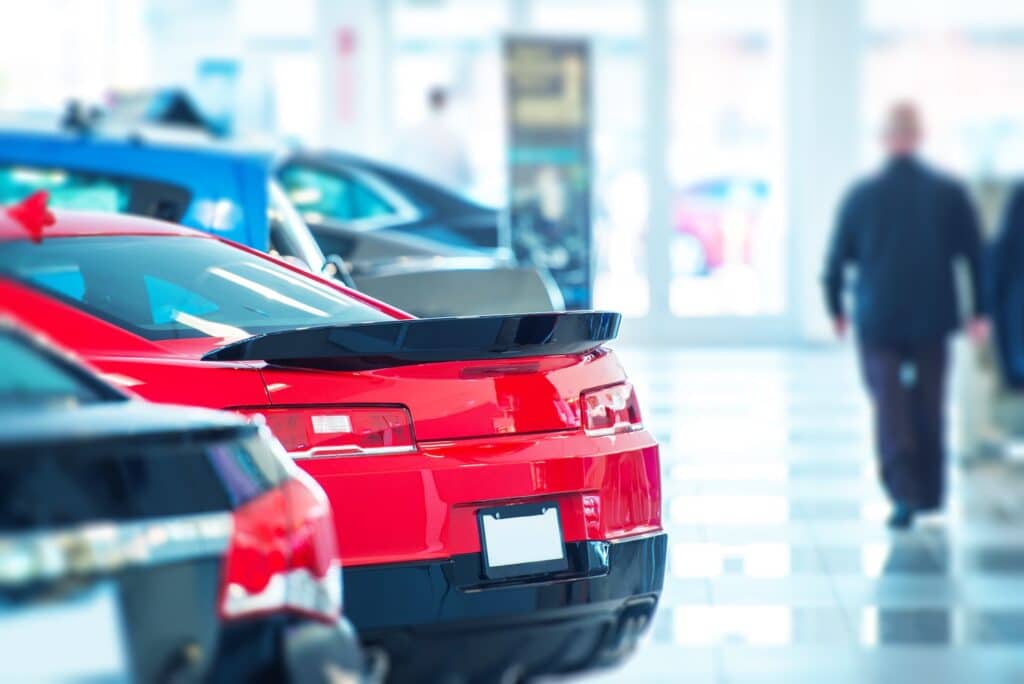
While much of the two fireside chats focused on long-term strategy, both Barra and Farley addressed more immediate issues, such as the ongoing shortage of semiconductors that, said the Ford CEO, “keeps executives up late at night.”
Even after chip supplies become more plentiful, noted Barra, she doesn’t plan to return to the old normal. “We will never get back to the inventory levels we had,” she emphasized, something routinely blamed for weak industry margins.
In an earnings call last month, Barra suggested GM dealers might, going forward, keep as little as half of the 60- to 70-day supply of vehicles that were considered normal, pre-COVID.
Build-to-order
But the inventory shortage has triggered another major change on the retail side, noted Farley during his own question-and-answer session.
“A third of our sales are order to delivery now,” meaning buyers spec out precisely what they want and then wait for their vehicle to be built and delivered. “It used to be less than 5%,” said Farley.
Indeed, a recent Cars.com study found that four out of 10 buyers they surveyed plan to build a vehicle to order when next in the market.



